
Forklift Brakes - A brake in which the friction is provided by a set of brake pads or brake shoes which press against a rotating drum unit called a brake drum. There are some particular differences between brake drum kinds. A "brake drum" is normally the definition provided whenever shoes press on the inner outside of the drum. A "clasp brake" is the term utilized to describe when shoes press next to the exterior of the drum. One more kind of brake, called a "band brake" utilizes a flexible band or belt to wrap all-around the exterior of the drum. If the drum is pinched in between two shoes, it can be called a "pinch brake drum." Similar to a typical disc brake, these kinds of brakes are quite uncommon.
Before nineteen ninety five, early brake drums required constant modification periodically in order to compensate for shoe and drum wear. Long brake pedal or "Low pedal" travel is the dangerous outcome if modifications are not carried out satisfactorily. The vehicle could become hazardous and the brakes can become ineffective whenever low pedal is combined along with brake fade.
There are a variety of Self Adjusting Brake Systems accessible, and they can be categorized within two main kinds, RAI and RAD. RAI systems have built-in tools that prevent the systems to recover whenever the brake is overheating. The most popular RAI manufacturers are AP, Bendix, Lucas, and Bosch. The most well-known RAD systems comprise Volkswagen, VAG, AP, Bendix and Ford recovery systems.
Self-repositioning brakes usually use a tool which engages only if the motor vehicle is being stopped from reverse motion. This stopping method is suitable for use where all wheels use brake drums. Most vehicles now utilize disc brakes on the front wheels. By operating only in reverse it is less likely that the brakes would be applied while hot and the brake drums are expanded. If tweaked while hot, "dragging brakes" could occur, which raises fuel intake and accelerates wear. A ratchet device which becomes engaged as the hand brake is set is another way the self adjusting brakes can operate. This means is just appropriate in applications where rear brake drums are utilized. Whenever the parking or emergency brake actuator lever exceeds a specific amount of travel, the ratchet improvements an adjuster screw and the brake shoes move toward the drum.
Located at the base of the drum sits the manual adjustment knob. It can be adjusted utilizing the hole on the other side of the wheel. You would have to go under the vehicle utilizing a flathead screwdriver. It is extremely vital to adjust each and every wheel evenly and to be able to move the click wheel properly for the reason that an unequal adjustment can pull the vehicle one side during heavy braking. The most effective method to be able to ensure this tedious task is done safely is to either raise every wheel off the ground and spin it manually while measuring how much force it takes and feeling if the shoes are dragging, or give each one the exact amount of clicks utilizing the hand and then do a road test.
![]() Click to Download the pdf
Click to Download the pdf
Forklift Parts
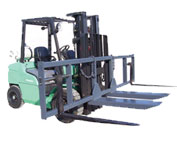
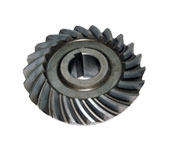
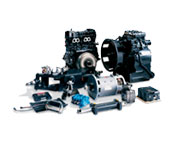
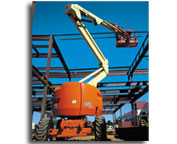
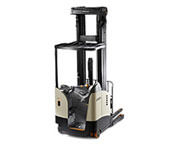
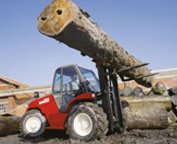
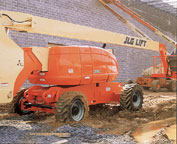
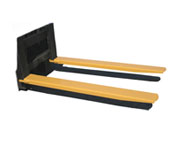
Lift Parts Express
TOLL FREE: 1-888-695-7994
Lethbridge, Alberta
forkliftpartslethbridge.ca
Email Us
About Us



